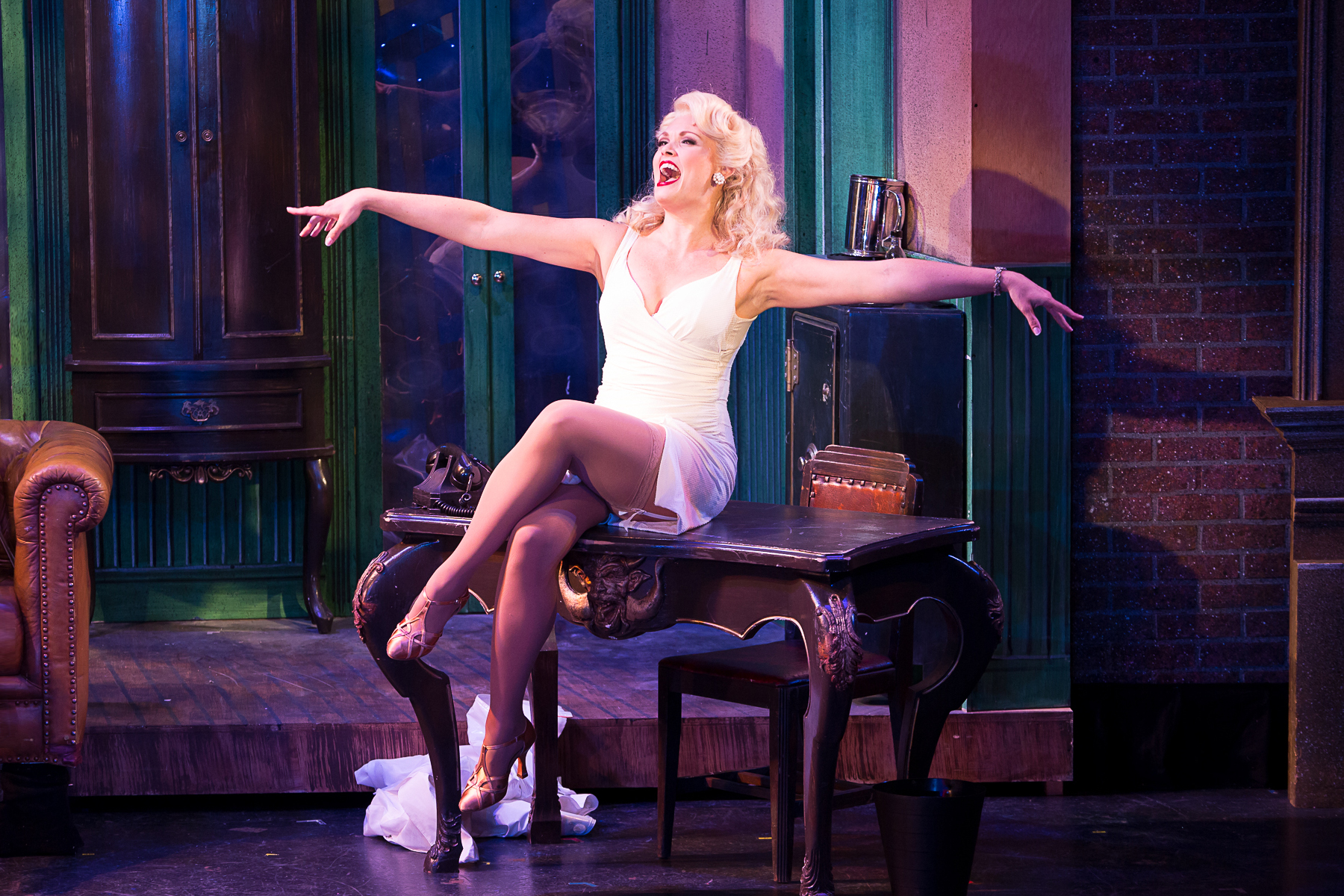Broadway, the glittering epicenter of live theater, has long been a beacon of artistic excellence and innovation. From its early days to its current status as a cultural powerhouse, Broadway has captivated millions with its dazzling performances, unforgettable characters, and timeless stories. This article explores the rich history, enduring impact, and future prospects of Broadway, offering a comprehensive look at what makes this theatrical haven so extraordinary.
The Origins of Broadway: From Humble Beginnings to Iconic Status
Broadway’s journey began in the early 19th century when New York City’s theater scene was in its infancy. Small venues and makeshift stages dotted the landscape, providing entertainment to a growing urban population. It wasn’t until the mid-1800s that broadway world started to gain prominence as the city’s premier theater district.
One of the pivotal moments in Broadway’s early history was the Astor Place Riot in 1849. This violent clash between supporters of American actor Edwin Forrest and British actor William Charles Macready underscored the city’s intense passion for theater. Following this event, theaters began to congregate around Union Square and later Times Square, solidifying Broadway’s place as the heart of New York’s entertainment industry.
The Golden Age of Broadway: A Cultural Renaissance
The early 20th century marked the beginning of Broadway’s Golden Age, a period characterized by groundbreaking musicals and unparalleled artistic achievement. Productions like “Show Boat” (1927) and “Oklahoma!” (1943) redefined the musical theater genre, integrating narrative, music, and dance in ways that had never been seen before. These shows set new standards for storytelling and performance, leaving an indelible mark on the world of theater.
The post-World War II era further cemented Broadway’s status as a cultural juggernaut. Iconic productions such as “West Side Story” (1957), “The Sound of Music” (1959), and “My Fair Lady” (1956) captivated audiences with their compelling stories, memorable songs, and innovative choreography. The creativity and talent showcased during this period continue to influence modern theater, proving that Broadway’s Golden Age was truly a time of artistic renaissance.
Broadway’s Evolution: Embracing Change and Diversity
Broadway’s success lies in its ability to adapt and evolve. The 1970s and 1980s brought a shift towards more diverse and socially relevant productions. Shows like “A Chorus Line” (1975) and “Rent” (1996) addressed contemporary issues and gave voice to marginalized communities, reflecting the changing social landscape of the times.
The rise of mega-musicals in the 1980s, epitomized by productions like “Cats” (1981) and “The Phantom of the Opera” (1986), introduced a new level of spectacle to Broadway. These shows, known for their elaborate sets and special effects, drew massive audiences and further solidified Broadway’s reputation as a global entertainment hub.
In recent years, Broadway has continued to push boundaries and embrace innovation. Productions like “Hamilton” (2015) have revolutionized the musical theater genre, blending hip-hop with historical narrative to create a unique and powerful theatrical experience. This willingness to explore new styles and stories ensures that Broadway remains relevant and exciting in an ever-changing cultural landscape.
The Impact of Broadway: Beyond the Stage
Broadway’s influence extends far beyond the confines of the theater district. It has shaped popular culture, inspired countless film and television adaptations, and played a significant role in promoting social change. The themes explored in Broadway productions often mirror broader societal issues, prompting audiences to reflect on the world around them.
Economically, Broadway is a vital driver for New York City. The theater industry generates billions of dollars annually, supporting thousands of jobs and attracting millions of tourists. The success of Broadway shows has a ripple effect, boosting related industries such as hospitality, retail, and transportation.
The Broadway Experience: A Unique Blend of Art and Emotion
Attending a Broadway show is a singular experience, one that begins long before the curtain rises. The excitement builds as theatergoers make their way through the vibrant streets of Times Square, immersing themselves in the electric atmosphere. Once inside the theater, the anticipation is palpable, and when the lights dim, the magic truly begins.
The performances themselves are a testament to the extraordinary talent and dedication of Broadway’s actors, musicians, and crew members. Each show is a meticulously crafted masterpiece, where every element, from the music and choreography to the set design and lighting, works in harmony to create an unforgettable spectacle.
What truly sets Broadway apart is its ability to evoke a wide range of emotions. Whether it’s the laughter elicited by a comedy, the tears shed during a poignant drama, or the awe inspired by a grand musical number, Broadway has the power to touch the heart and soul of every audience member. This emotional resonance is what keeps people coming back, time and time again.
Challenges and Resilience: Broadway in the Modern Era
Like all industries, Broadway has faced its share of challenges. The COVID-19 pandemic dealt a severe blow, forcing theaters to close their doors for an extended period. This unprecedented shutdown had a profound impact on the entire theater community, from performers and crew members to theater owners and fans.
Despite these challenges, Broadway has shown remarkable resilience. The community came together to support one another, finding creative ways to keep the spirit of theater alive. Virtual performances, fundraising initiatives, and outdoor shows helped bridge the gap until theaters could safely reopen.
The pandemic also sparked important conversations about diversity and inclusion within the industry. Efforts to promote greater representation on and off the stage have gained momentum, ensuring that Broadway continues to evolve and reflect the diversity of its audience.
The Future of Broadway: A Bright and Dynamic Horizon
As Broadway moves forward, the future looks bright. New productions are continuously being developed, blending traditional elements with innovative approaches. The emphasis on diversity and inclusion promises to bring fresh perspectives and stories to the stage, enriching the theatrical experience for all.
Technological advancements also hold exciting possibilities for Broadway. From enhanced special effects to immersive experiences that blur the lines between audience and performance, technology is poised to transform the way we experience theater.
Broadway’s commitment to education and outreach ensures that the next generation of theater enthusiasts and professionals will continue to thrive. Programs that introduce young people to the arts and provide opportunities for aspiring artists help cultivate a vibrant and dynamic theater community.
Conclusion: The Enduring Magic of Broadway
Broadway is more than just a collection of theaters; it is a living, breathing testament to the power of storytelling and human connection. Its rich history, innovative spirit, and unwavering dedication to the arts have made it a beloved institution worldwide.
As we look to the future, the magic of broadway world shows no signs of fading. The lights of Times Square will continue to shine, beckoning audiences to experience the wonder and emotion of live theater. Whether you’re a seasoned theatergoer or a first-time visitor, Broadway offers an experience that is truly unparalleled, a testament to the enduring magic of the stage.




